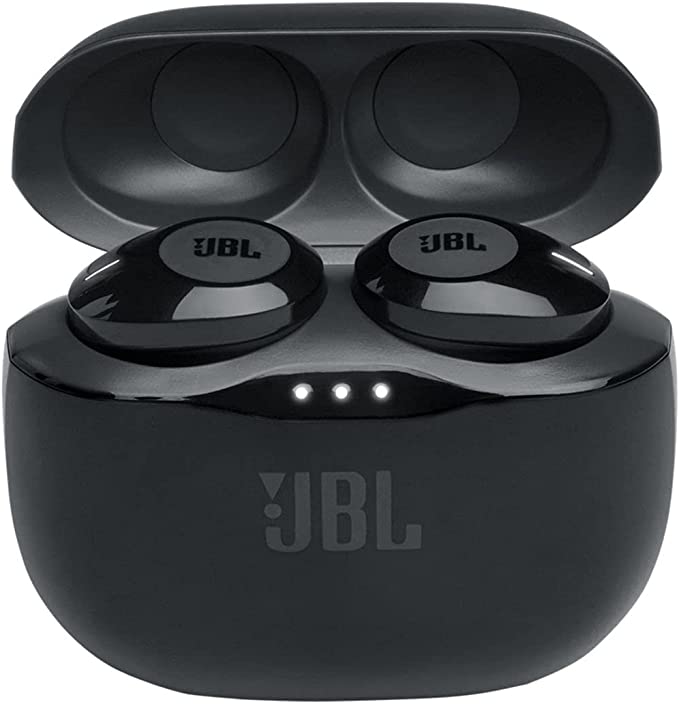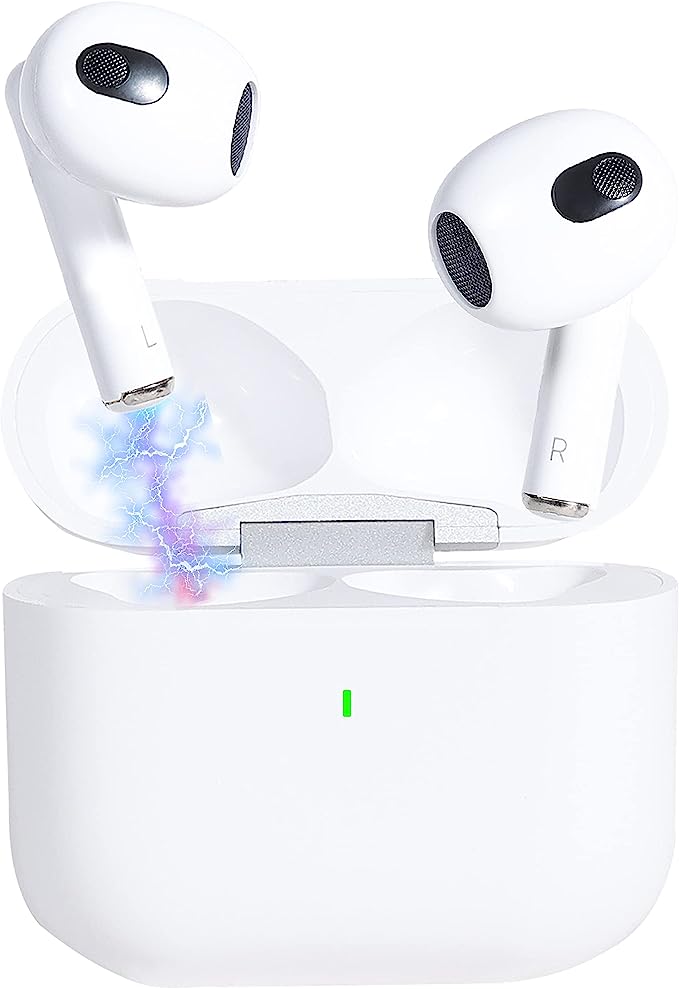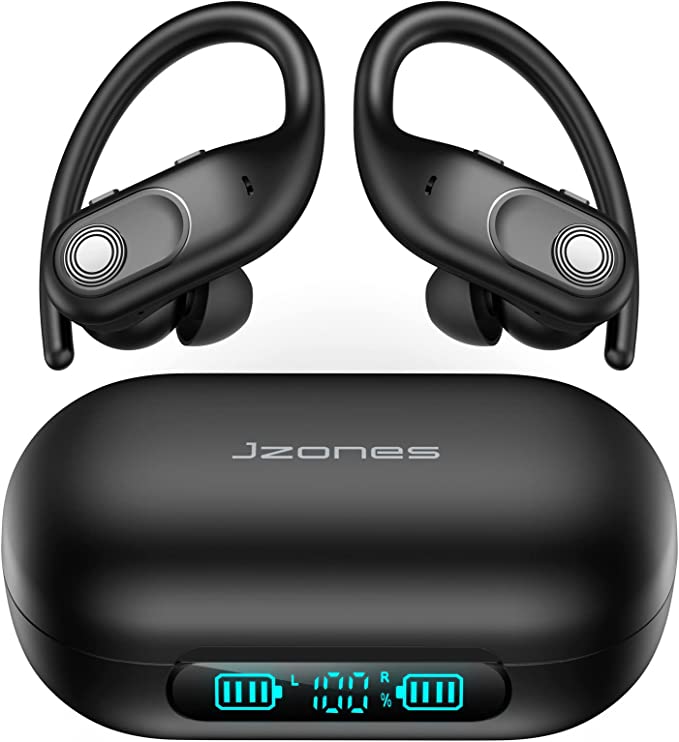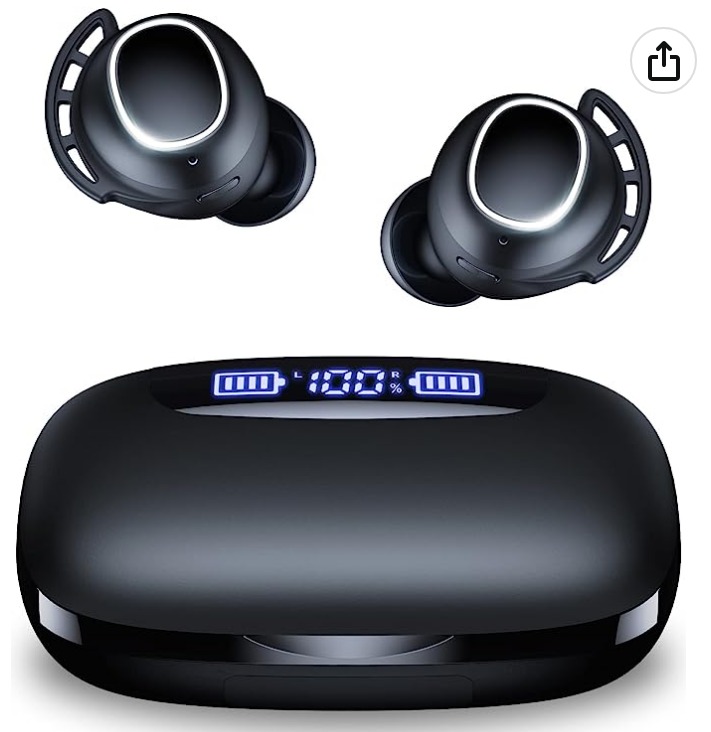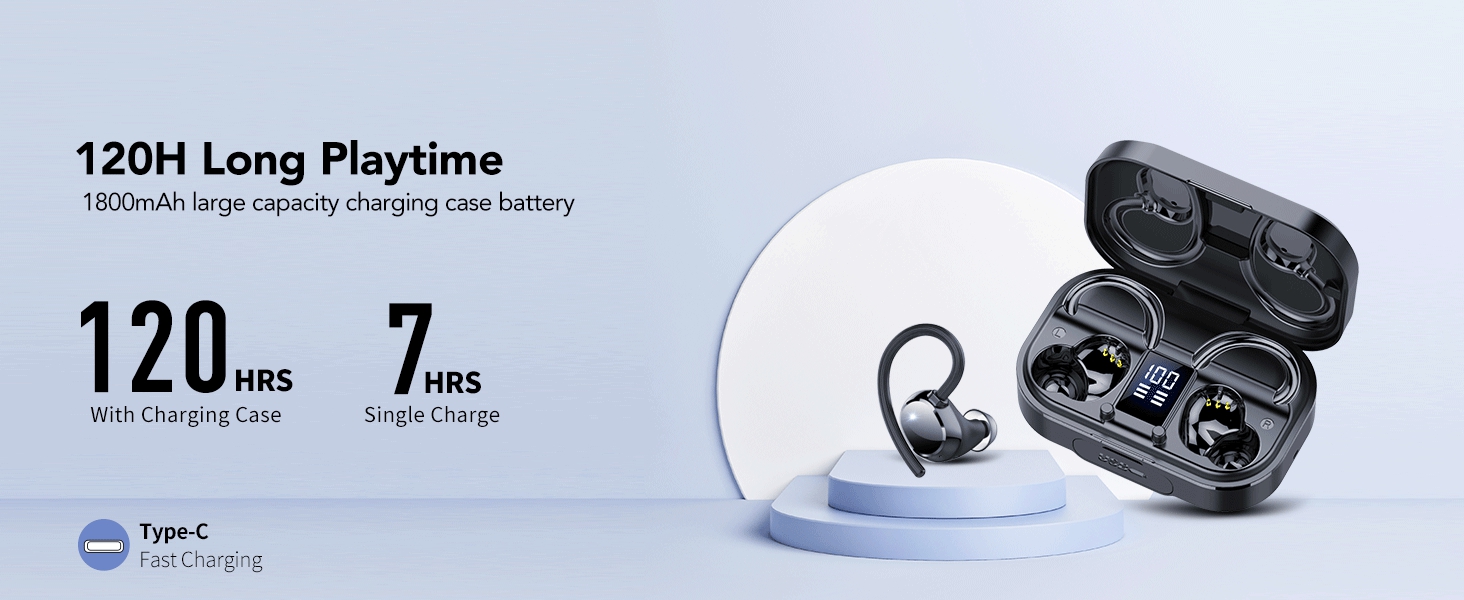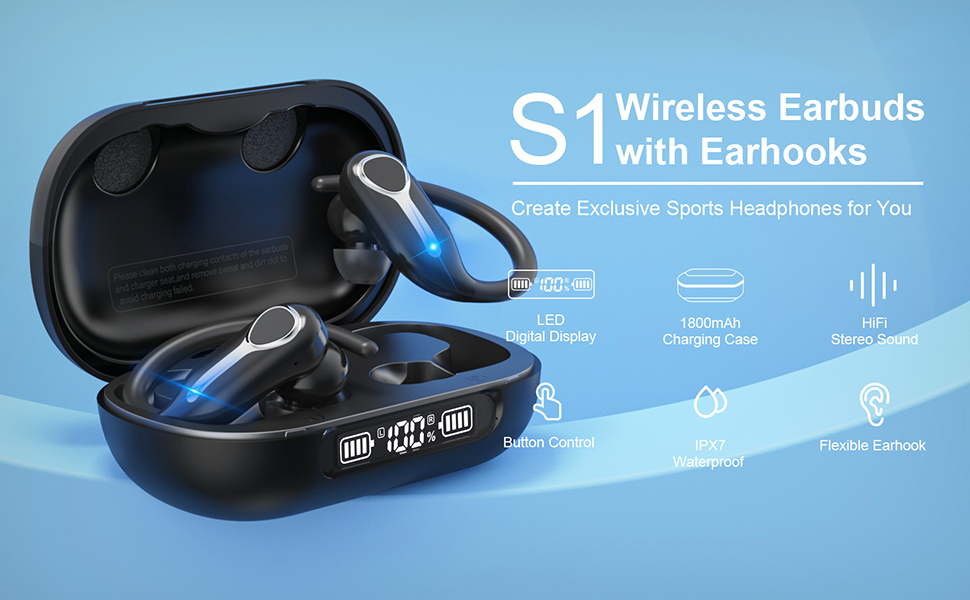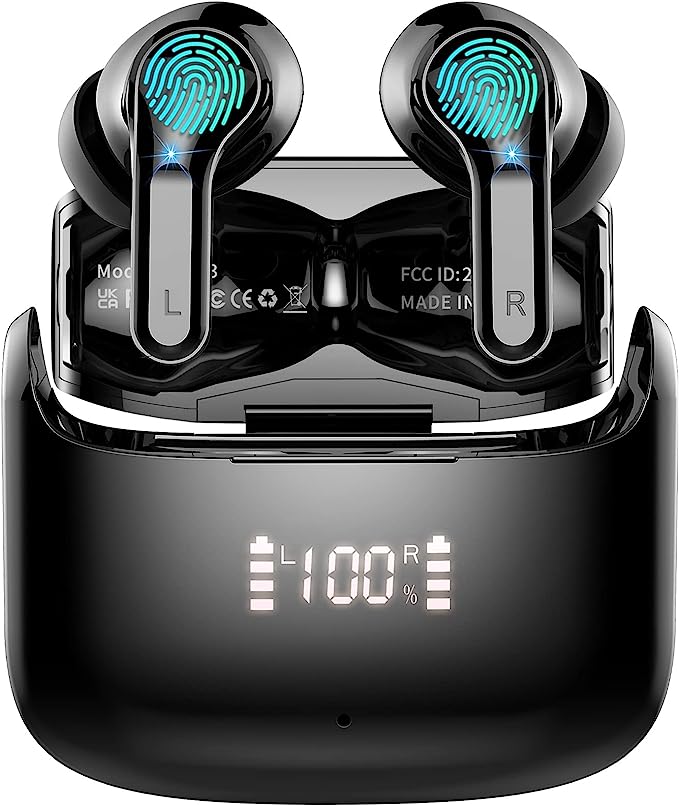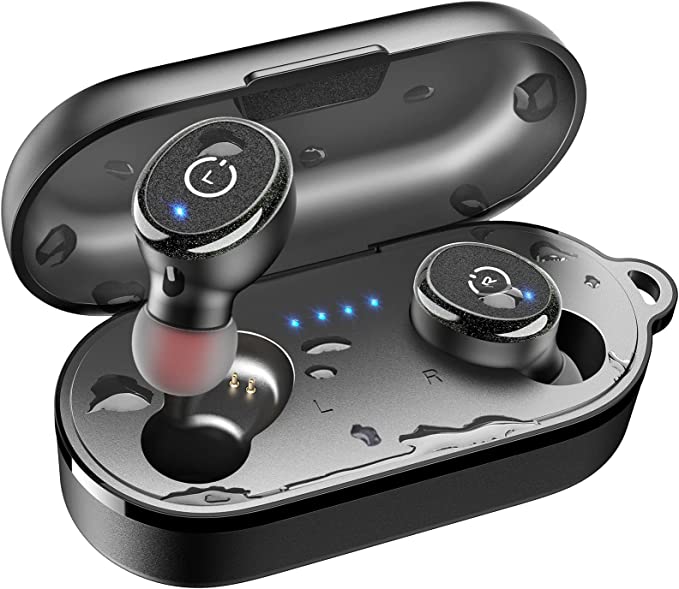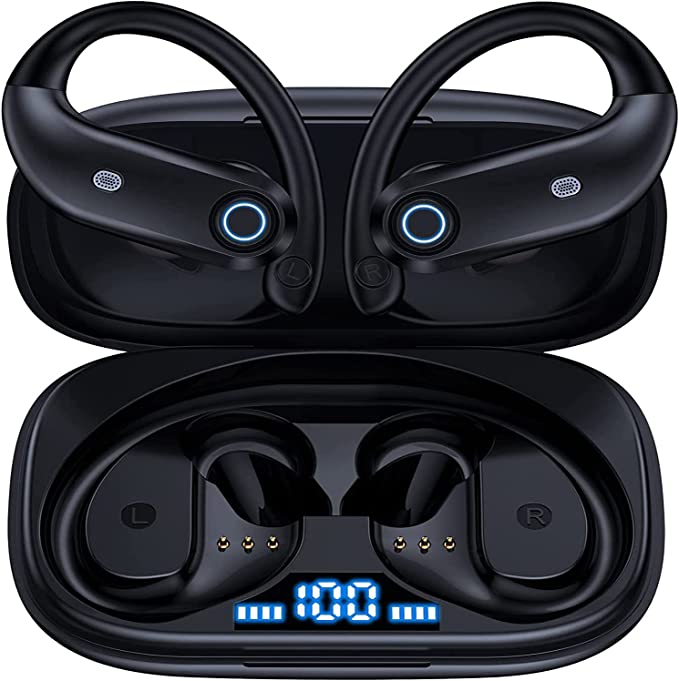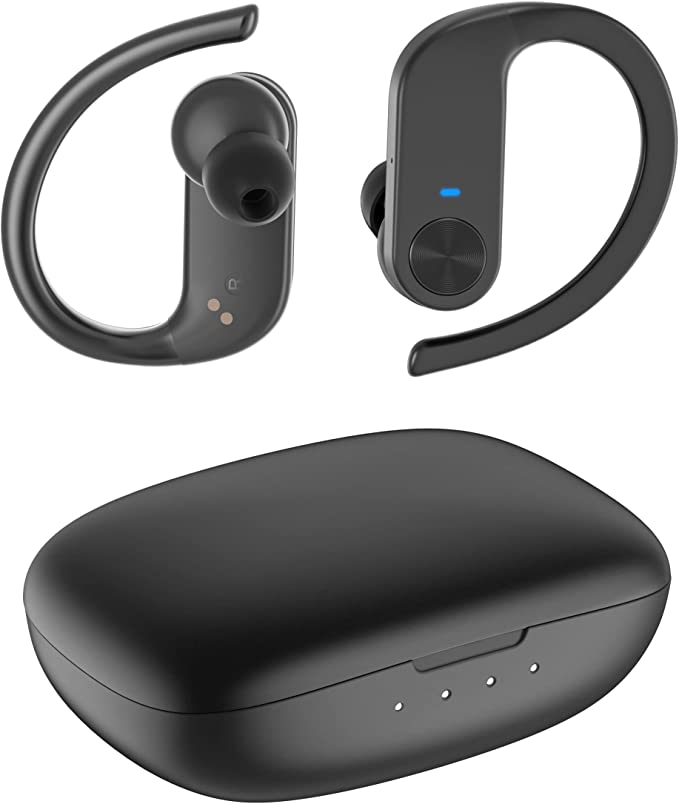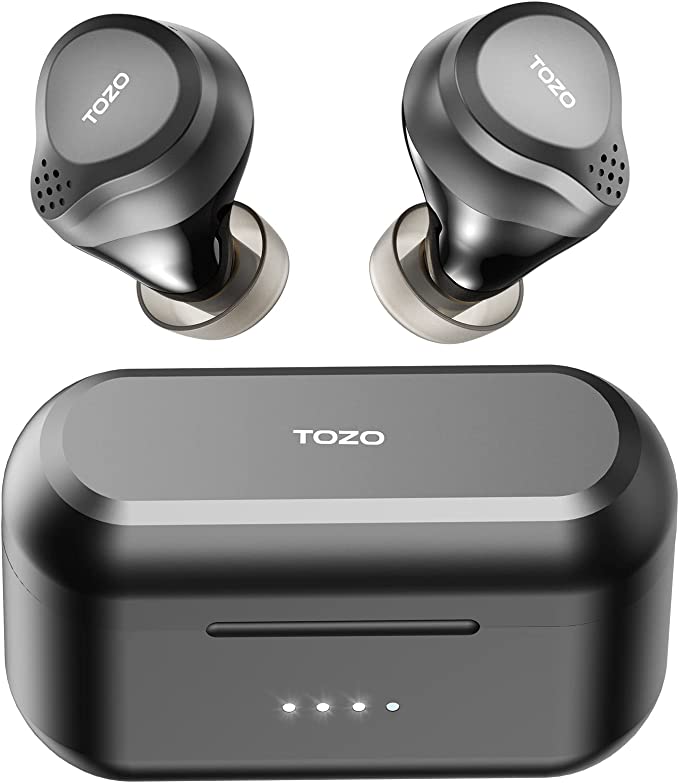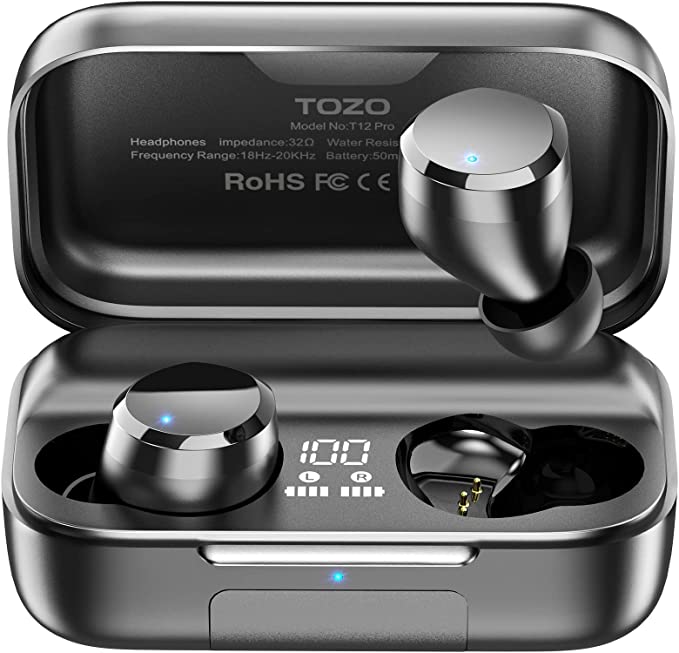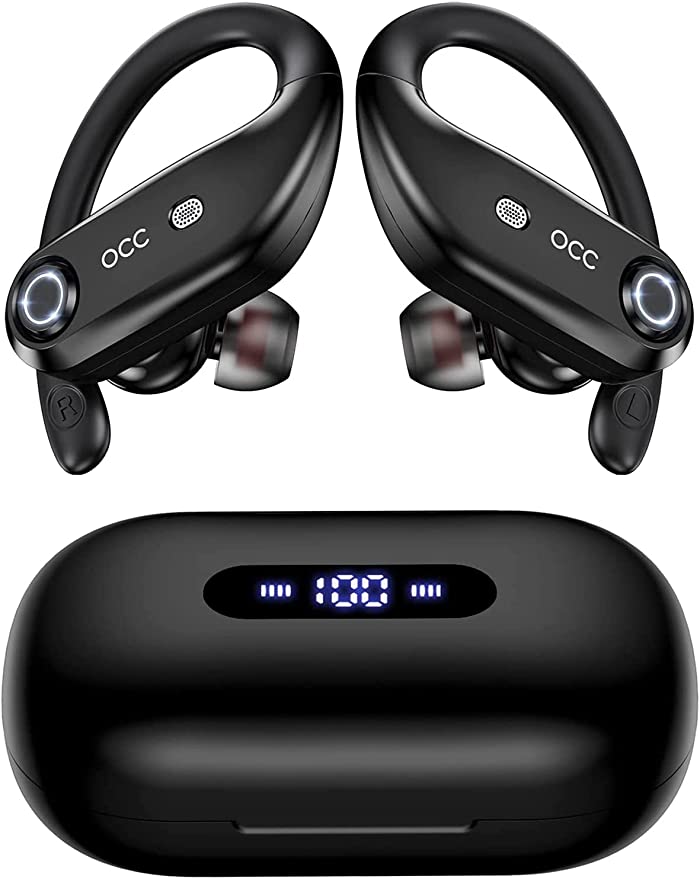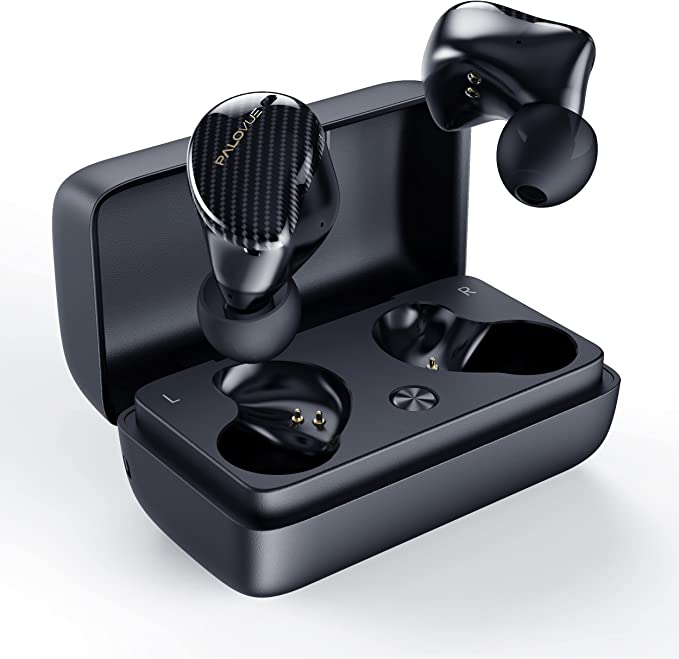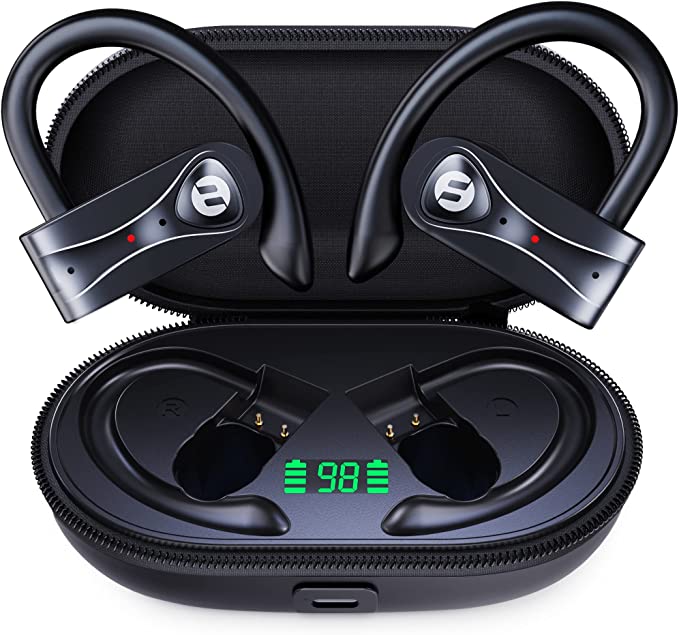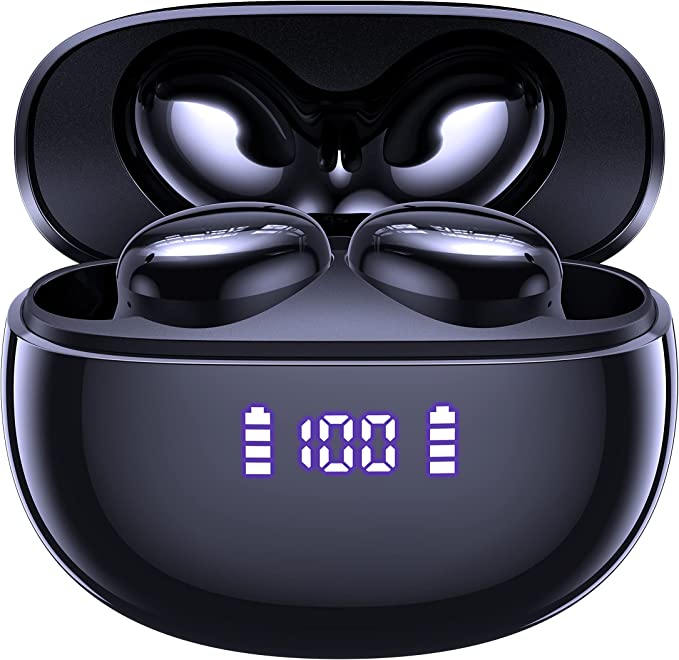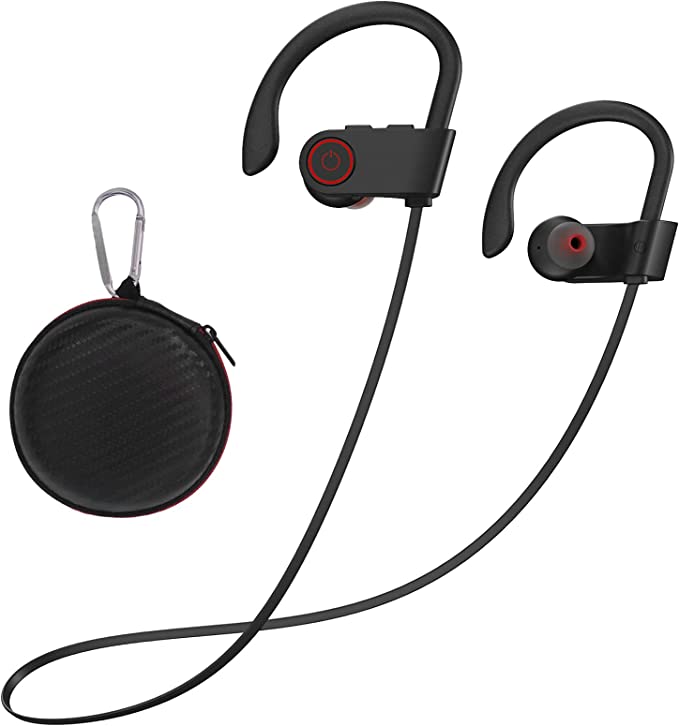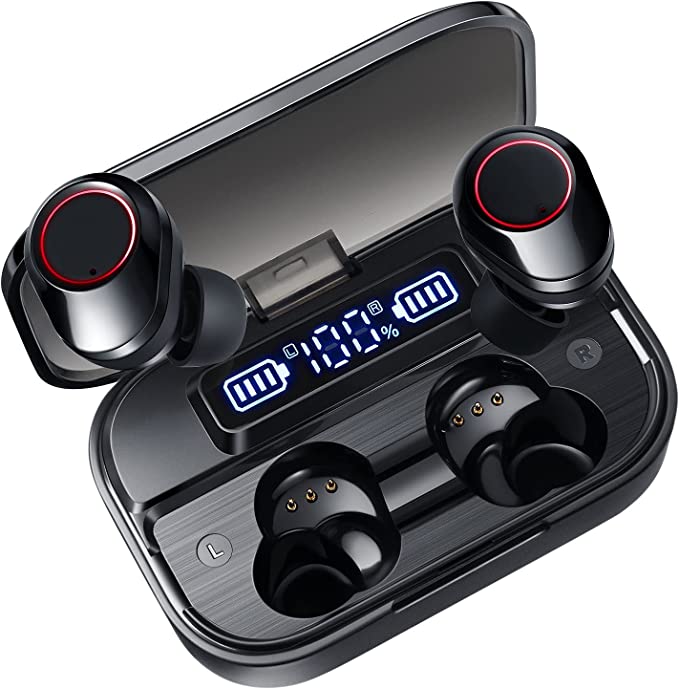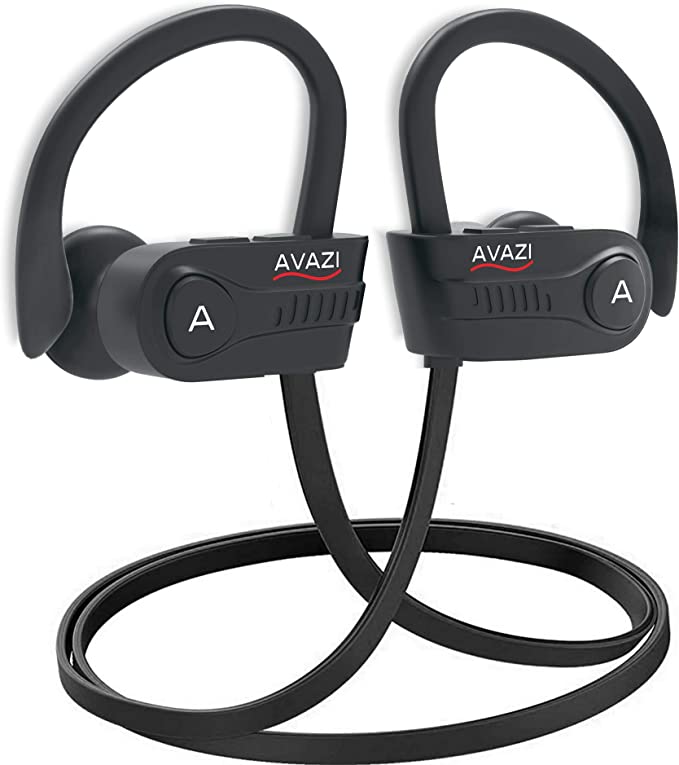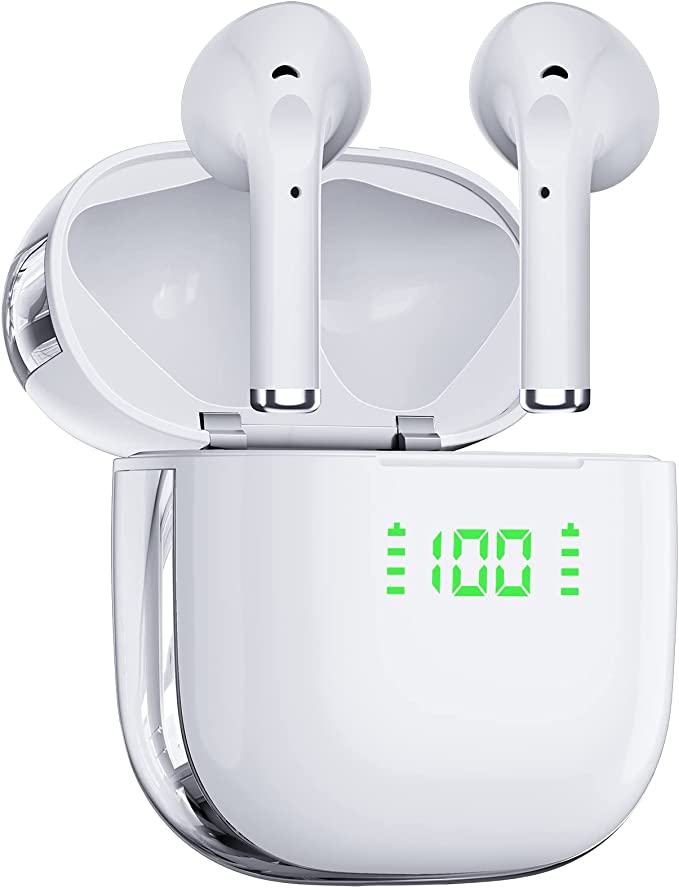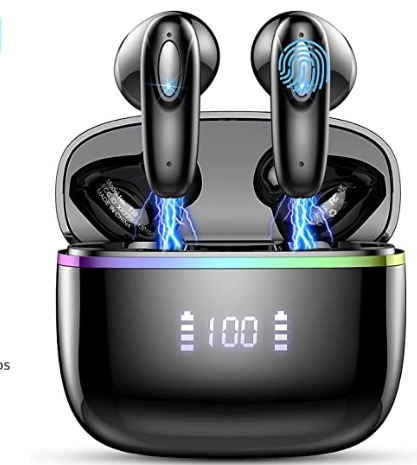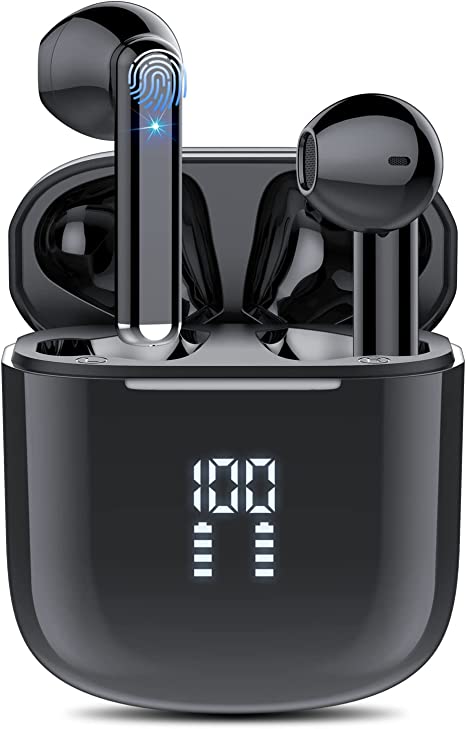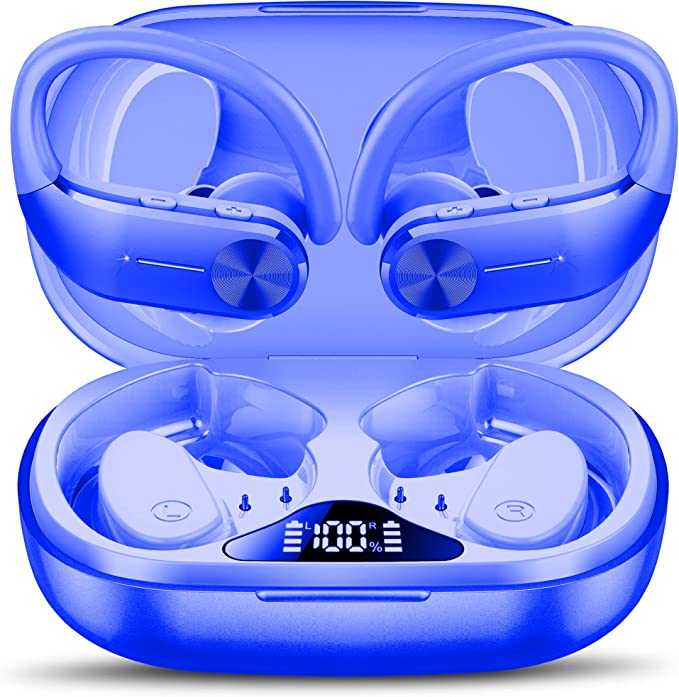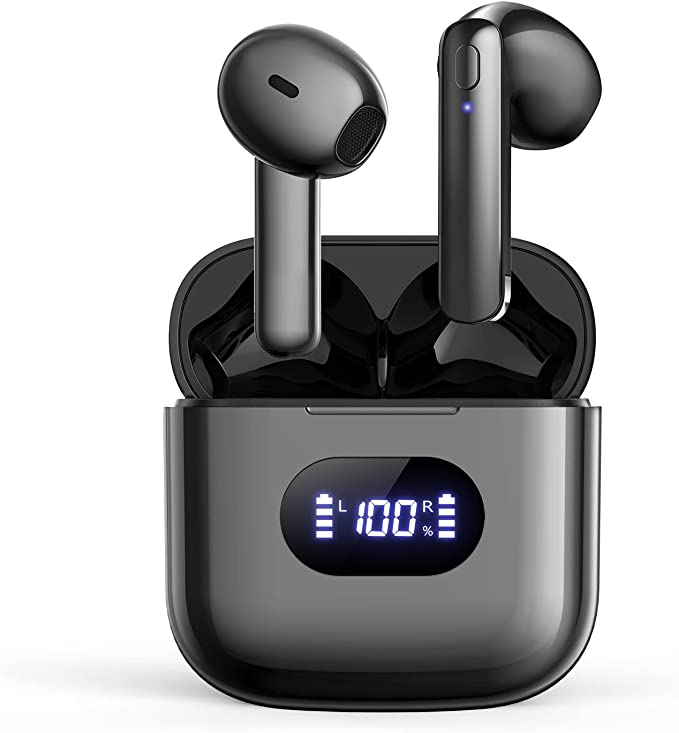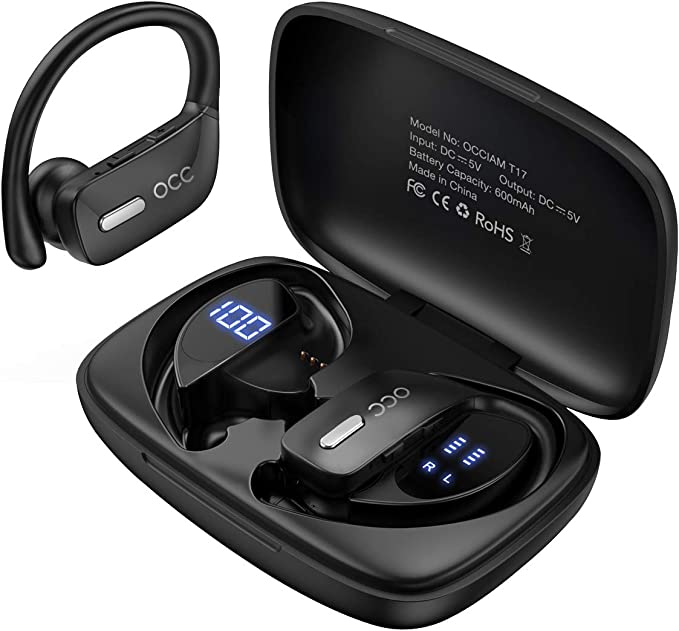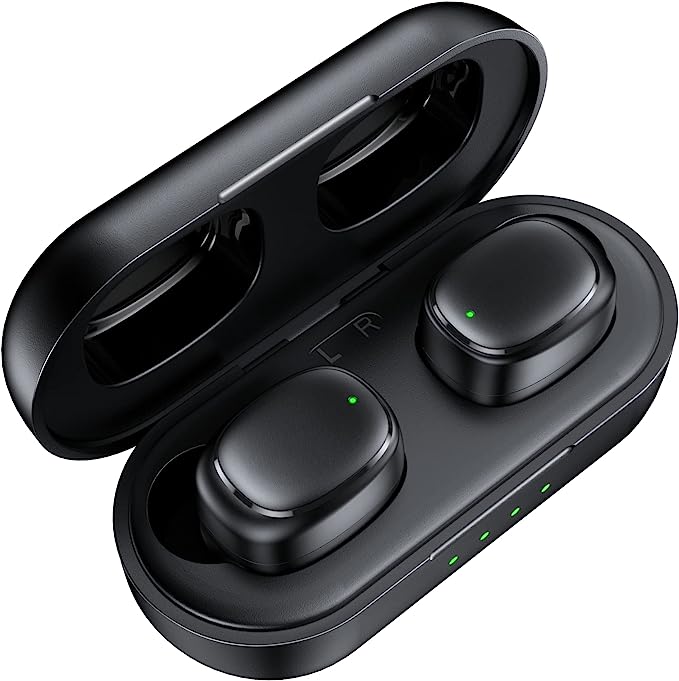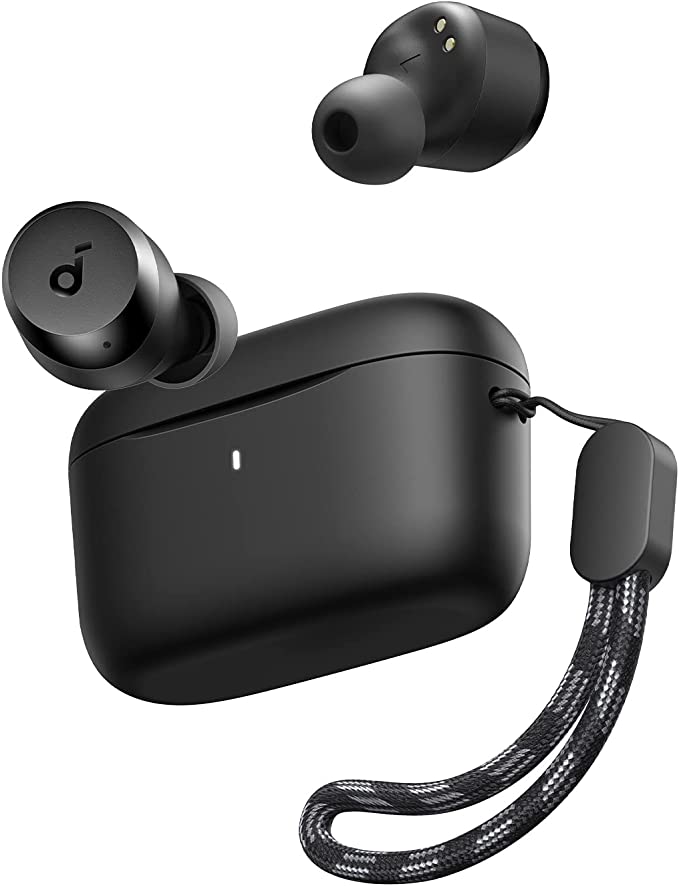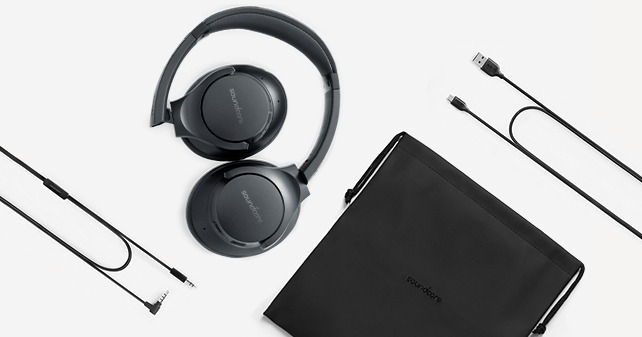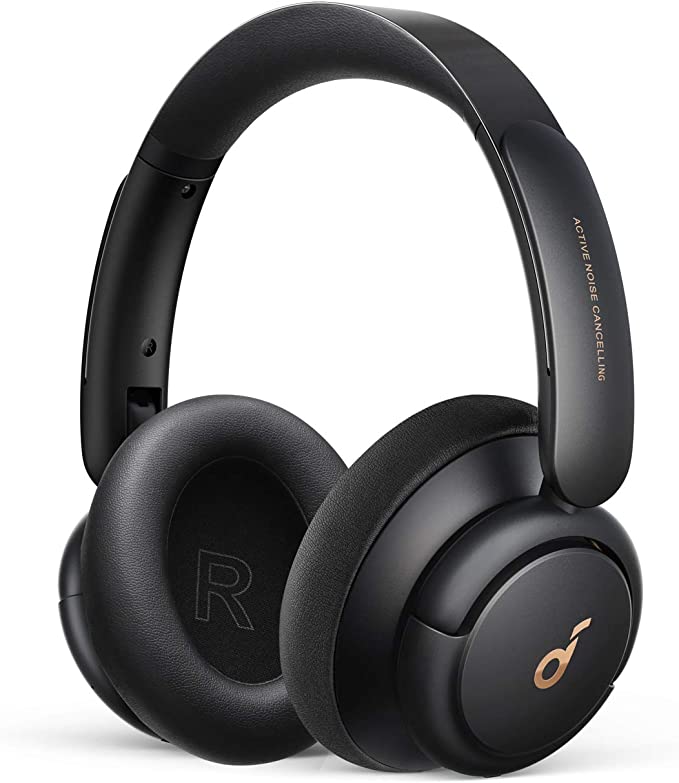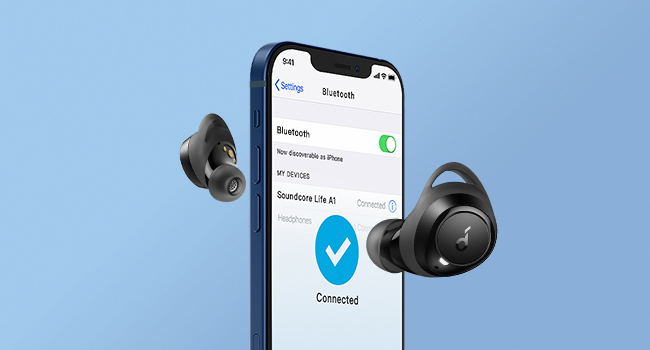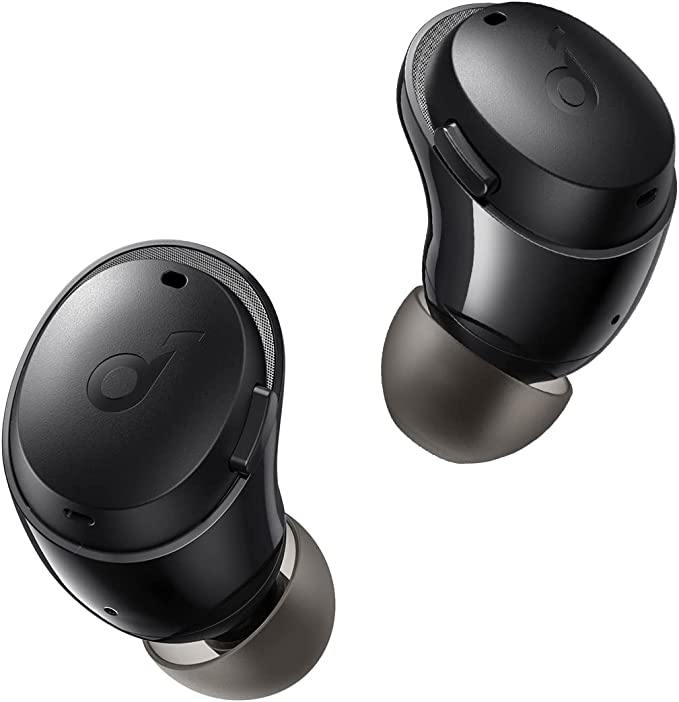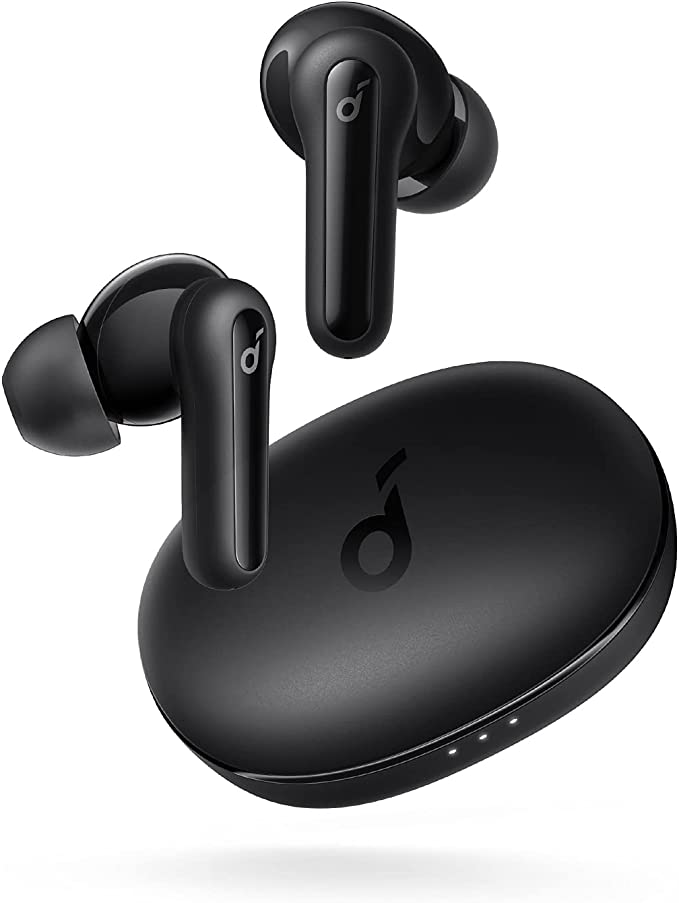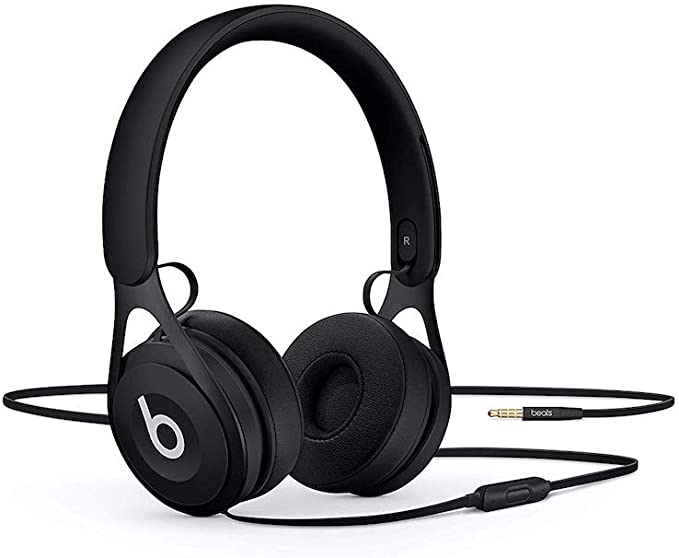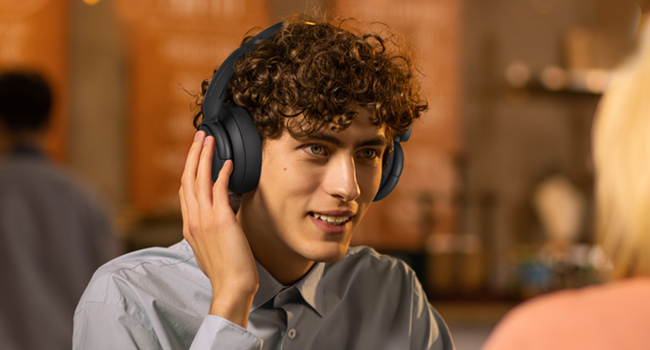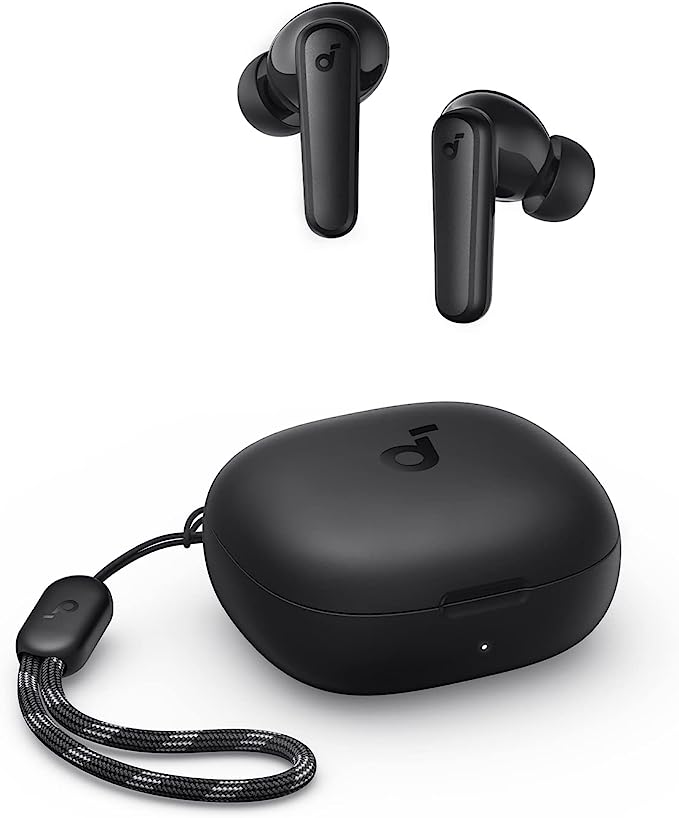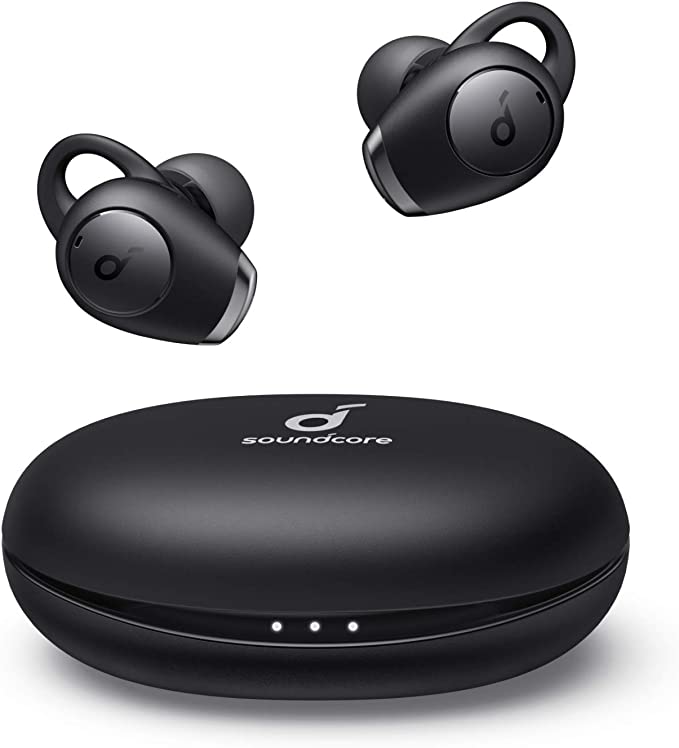DeLUX DT7 True Wireless Earbuds: Immersive Sound and Reliable Connection
Update on March 8, 2025, 5:12 a.m.
Remember the days of battling tangled headphone cords? It felt like a rite of passage – spending precious minutes unraveling a knotted mess before you could even think about listening to your favorite song. Then came wireless earbuds, a glorious liberation from the tyranny of wires. But this freedom brought its own set of questions: How do these tiny things work? Why do some sound better than others? And how can you get the most out of them? Today, we’re diving deep into the world of true wireless earbuds, using the DeLUX DT7 as our guide.

A Sound Foundation: How Earbuds Make Music
At the heart of any earbud, you’ll find a tiny speaker called a driver. The DeLUX DT7 uses a dynamic driver, which is essentially a miniature version of the speakers you might find in your home stereo. But instead of a large woofer and tweeter, a dynamic driver handles the entire frequency range. The DT7 boasts a 13mm dynamic driver – and size does matter here. A larger driver can move more air, which generally translates to richer bass and a more powerful sound. Think of it like the difference between a small drum and a big bass drum: the larger surface area of the bigger drum creates a deeper, more resonant sound. The 13mm drivers in the DT7 are designed to deliver that satisfying “thump” without sacrificing clarity in the mid and high frequencies.
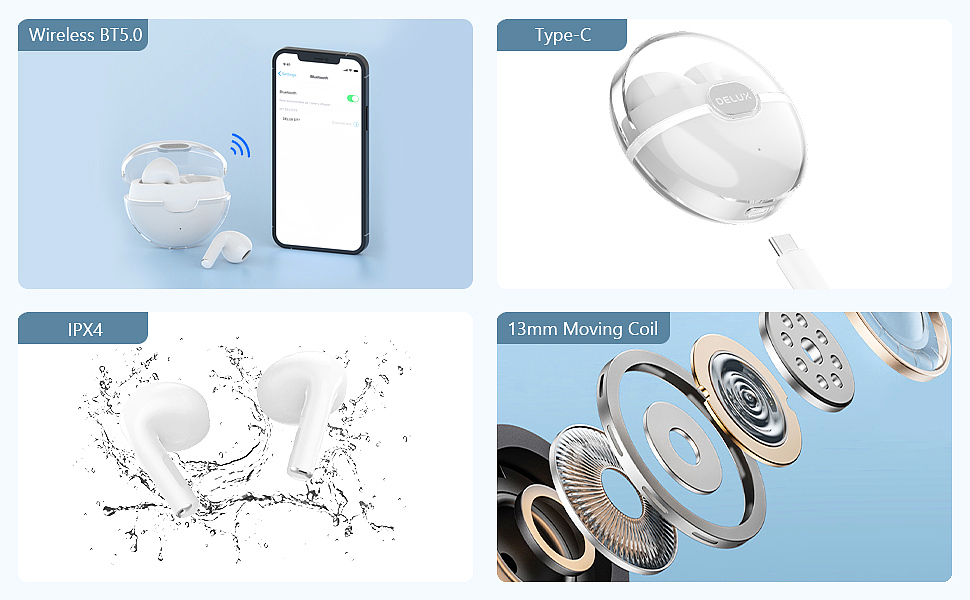
Bluetooth 5.0: The Unsung Hero
Bluetooth is the magic that lets your earbuds talk to your phone (or computer, or tablet) without any physical connection. But not all Bluetooth is created equal. The DeLUX DT7 uses Bluetooth 5.0, the latest and greatest version of this wireless technology. What does that mean for you? Think of it like upgrading from a bumpy dirt road to a smooth, multi-lane highway.
- Speed: Bluetooth 5.0 is twice as fast as Bluetooth 4.2. This means more data can be transmitted per second, which is crucial for high-quality audio streaming. It’s like having a wider pipe for your music to flow through.
- Stability: Ever had your wireless earbuds cut out unexpectedly? Bluetooth 5.0 is designed to be much more stable, especially in environments with a lot of wireless interference (like a crowded gym or a busy street). It’s like having a stronger signal that can punch through the noise.
- Range: While the “official” range of Bluetooth is around 33 feet (10 meters), Bluetooth 5.0 can, in ideal conditions, extend that range significantly. Walls, interference, and other factors will still affect the range, but you’ll generally get a more reliable connection further away from your device.
- Power Efficiency: Bluetooth 5.0 is also designed to use less power. This means longer battery life for both your earbuds and your phone. It’s like having a car that gets better gas mileage.

Decoding the Codecs: A (Brief) Primer
When your phone sends audio to your earbuds, it needs to compress it first. This is where codecs come in. Think of them as different languages for transmitting audio data. The DeLUX DT7, like most earbuds, almost certainly supports the standard SBC codec. Many devices also support AAC, which is a slightly more advanced codec that generally offers better sound quality, especially on Apple devices. There are other codecs out there, like aptX, which offer even higher quality, but they require both your phone and your earbuds to support them. While the provided materials did not explicit mention which Codec DT7 support, SBC is the standard.
Power Play: Battery Life and Charging
One of the biggest anxieties with wireless earbuds is running out of power. The DeLUX DT7 promises up to 25 hours of total playtime. But that number includes the charging case. The earbuds themselves hold about 5 hours of charge, and the case provides an additional 20 hours. Think of the case like a portable power bank for your earbuds. Each time you put the earbuds back in the case, they start charging. And the case itself? It supports both Type-C wired charging and wireless charging. Wireless charging uses electromagnetic fields to transfer energy – basically, you just place the case on a compatible charging pad, and it starts refueling, no cables required! It’s a convenient feature that adds to the overall “wireless” experience. The underlying principle is called inductive coupling. Essentially, the charging pad contains a coil that generates an oscillating magnetic field. This field induces a current in a similar coil inside the charging case, which then charges the battery.
Built to Last (and Withstand a Splash):
Life happens. You might get caught in a light rain shower, or maybe you’re a heavy sweater during workouts. The DeLUX DT7 has an IPX4 rating, which means it’s splashproof. But what does that really mean? The “IP” stands for “Ingress Protection,” and the “X” means it hasn’t been specifically tested for dust resistance. The “4” is the important part: it means the earbuds can withstand splashes of water from any direction. So, a little rain or sweat won’t hurt them, but don’t go swimming with them! They’re not designed for submersion.
The Comfort Factor:
Earbuds that sound great but feel awful aren’t much fun. Comfort is key, especially for extended listening sessions. The DeLUX DT7 earbuds weigh just 3 grams each. That’s incredibly light, which helps reduce ear fatigue. The design itself is crucial too. While the provided materials don’t specify the exact shape, it likely employs an ergonomic design to fit snugly and securely in most ears. Finding the right ear tip size (usually, earbuds come with several sizes) is essential for both comfort and sound isolation. A good seal helps block out external noise and improves bass response.
Touch Controls: Convenience at Your Fingertips:
Instead of fiddly little buttons, the DeLUX DT7 uses touch controls. A simple tap or series of taps on the earbuds can control various functions: answering calls, playing/pausing music, skipping tracks, and even activating your phone’s voice assistant (like Siri or Google Assistant). This is incredibly convenient, especially when you’re on the move and don’t want to reach for your phone. The underlying technology uses capacitive touch sensors, similar to what’s used in your smartphone screen. These sensors detect the change in capacitance when your finger touches the surface of the earbud.
A Little History Lesson:
Wireless audio isn’t new. It dates back to the early days of radio! But the technology has come a long way. Early wireless headphones used analog radio signals, which were prone to interference and poor sound quality. The invention of Bluetooth in the late 1990s revolutionized wireless audio, paving the way for the compact, high-quality earbuds we enjoy today. Bluetooth uses digital signals and operates in the 2.4 GHz frequency band, the same band used by Wi-Fi and many other wireless devices.

The E-Waste Elephant in the Room:
It’s important to acknowledge the environmental impact of all electronic devices, including wireless earbuds. They contain batteries and other components that can be harmful to the environment if not disposed of properly. When your DeLUX DT7 earbuds eventually reach the end of their life, please don’t throw them in the trash. Look for e-waste recycling programs in your area. Many electronics retailers offer recycling services, and some manufacturers have their own take-back programs.
Comparing Apples and… Well, Other Earbuds:
How does the DeLUX DT7 stack up against the competition? Well, you could spend a lot more on wireless earbuds and get features like active noise cancellation (ANC), which uses microphones and clever electronics to block out external noise. But ANC typically comes at a premium price. Wired headphones, of course, don’t have batteries to worry about, and some audiophiles argue they still offer the best sound quality. But they also come with, well, wires. The DT7 strikes a balance: it offers a solid set of features – good sound quality, decent battery life, Bluetooth 5.0, and water resistance – at an accessible price point. It’s about finding the right balance of features and value for your needs.

Caring for Your DT7s:
A little care can go a long way in extending the life of your earbuds. Here are a few tips:
- Keep them clean: Earwax and debris can build up over time, affecting sound quality and potentially damaging the drivers. Use a soft, dry cloth to gently wipe them down regularly. A slightly damp (not wet!) cotton swab can be used to carefully clean around the edges, but never insert anything into the earbud itself.
- Store them in the case: The charging case isn’t just for charging; it also protects the earbuds from dust, dirt, and damage.
- Maximize battery life: While you can’t completely avoid battery degradation, you can slow it down. Avoid fully discharging the earbuds whenever possible. Lithium-ion batteries prefer to be kept between 20% and 80% charge. Don’t leave the case constantly plugged in once it’s fully charged.
- Avoid extreme temperatures: Don’t leave your earbuds in direct sunlight or in a freezing car. Extreme temperatures can damage the battery.

Wrapping Up:
The DeLUX DT7 True Wireless Earbuds are a great example of how far wireless audio technology has come. They offer a compelling combination of features – solid sound quality thanks to those 13mm drivers, a stable connection via Bluetooth 5.0, respectable battery life, and the convenience of wireless charging and touch controls – all at a price that won’t break the bank. They’re not perfect – the lack of active noise cancellation is a notable omission for some – but they represent a solid value for anyone looking to cut the cord and enjoy their music on the go. They’re a testament to the fact that you don’t have to sacrifice quality or features for affordability.

